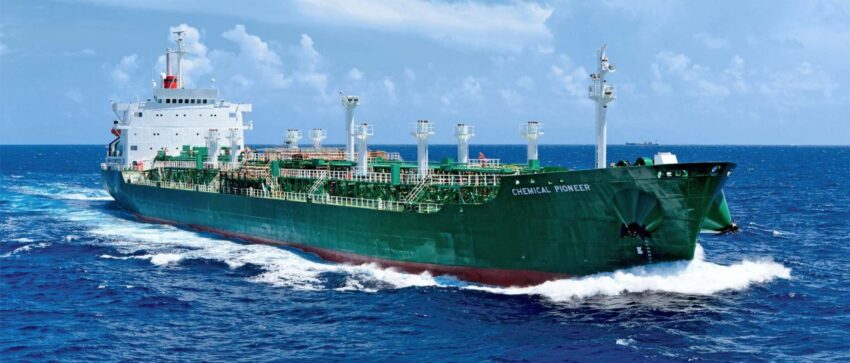The chemical tanker market transports an array of liquid chemicals globally. Chemical tankers facilitate the transportation of petrochemicals such as organic and inorganic liquids including acids, alkalis, acids, acrylonitrile, butylenes, Caustic soda, and xylene among others in bulk. Chemical tankers offer several advantages such as cost-effectiveness, large payloads, compliance with strict transportation standards, and safety of containment systems. There is a growing demand for chemical products across industries like consumer goods, healthcare, construction, agriculture, and manufacturing which is fueling the need for chemical tankers.
The Global chemical tanker market is estimated to be valued at US$ 36.16 Bn in 2024 and is expected to exhibit a CAGR of 4.5% over the forecast period 2024 To 2031.
Key Takeaways
Key players operating in the chemical tanker are JO Tankers, IINO KAIUN KAISHA Ltd., Eitzen Chemical, Tokyo Marine Asia Pte Ltd., Berlian Laju Tanker, Nordic Tankers, Seatrans chemical tankers, Navig8 Chemicals, Stolt-Nielsen Ltd, and Odfjell. Key players are investing in R&D to develop advanced containment systems and eco-friendly coatings to facilitate transportation while complying with IMO regulations.
The increasing export of Chemical Tanker Market Trends from China, Middle East, and the US and growing import of chemicals in Europe and Asia is presenting lucrative opportunities for market players. Furthermore, free trade agreements are encouraging cross-border trade.
Globally chemical tanker fleets are expanding their footprints. For instance, Stolt Tankers recently expanded its fleet size by acquiring vessels from Navig8 Chemicals. JO Tankers is strengthening its presence in Brazil and Australia through strategic partnerships. Companies are focusing on serving developing nations and targeting domestic chemical trade through organic methods or acquisitions.
Market Drivers
A primary driver influencing the chemical tanker industry is the rising demand for transportation of crude and refined petroleum in bulk quantities. Petroleum products constitute a substantial chunk of seaborne transported liquids globally. Petrochemical production and trade are surging at a rapid pace thus fueling the need for chemical tankers. The transportation of petrochemicals through waterways is cost-effective compared to road or rail networks which is benefiting the market.
PEST Analysis
Political: The chemical tanker market is influenced by the government policies and regulations for the transportation of chemicals and hazardous materials. Safety regulations have become stricter in recent years to minimize environmental damage from spills.
Economic: The state of the global economy impact the demand for chemicals and petrochemicals which in turn influences the demand for chemical tankers for transportation. A growing economy leads to higher industrial demand.
Social: Environmental concerns and awareness among public related to handling of hazardous chemicals have a influence on the policies and operations in this market. Safer handling and prevention of spills is given more importance.
Technological: Advancements in vessel design help meet stricter safety and environmental norms. Technologies like double hull tankers and vessel monitoring systems help reduce risk of spills. Use of digital technologies aid in efficient fleet management and optimization of routes.
Geographical regions with high market concentration
The chemical tanker market sees high concentration of value in the Asia Pacific region due to presence of large petrochemical industries and plants in countries like China, India, Japan and South Korea. Transportation within the region and from the Middle East are major drivers. Northwestern Europe is another large market owing to major petrochemical manufacturing capabilities and imports.
Fastest growing region
The Middle East and Africa region is anticipated to witness the fastest value growth during the forecast period. This can be attributed to rising investments in petrochemical projects and refining capacities in countries like Saudi Arabia. The transportation requirement to and from the Persian Gulf region which is a key global supplier is expected to rise substantially.
*Note:
1. Source: Coherent Market Insights, Public sources, Desk research
2. We have leveraged AI tools to mine information and compile it.

